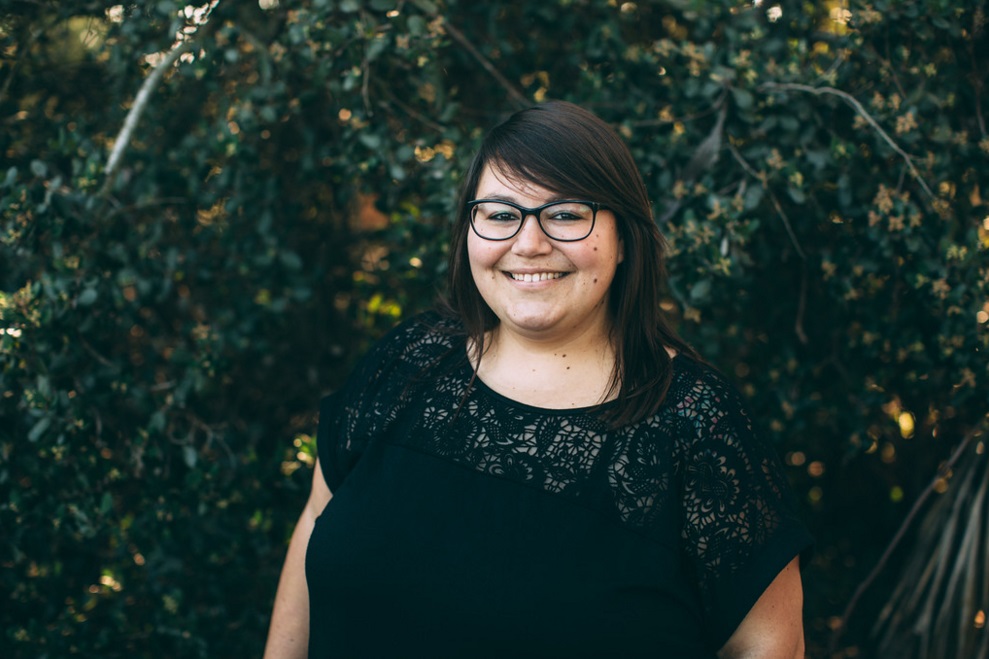Meet the Interns: Kristin!
Kristin Hurley is currently pursuing her Bachelors of Arts in Music Therapy from California State University, Northridge, where her primary instrument is flute. Kristin has been actively involved in the community by volunteering as a music companion at Rady Children’s Hospital, Seasons Hospice of Los Angeles, various geriatrics facilities and at various elementary schools working with children with specials needs. Starting in 2009, when Kristin successfully completed the Music Together Teaching Certification developed by the Center for Music and Young Children, Princeton, New Jersey, her principal focus has been in Early Childhood Music. However, through practicum, Kristin gained experience in working with various populations such as; adults with traumatic brain injury, children with special needs including; autism, cerebral palsy and Down syndrome and adults with developmental and intellectual disabilities
Moving onto college, Kristin initially began to study the prerequisites for Nursing while taking a few music classes here and there. After just one semester of college and discovering the field of Music Therapy, Kristin decided to combine her love of music and her desire to heal. Kristin was determined to transfer to California State University, Northridge and study Music Therapy. Kristin’s first experience with music and children with special needs was in the cancer unit of San Diego’s Rady Children’s hospital. Kristin was invited to volunteer her time and music at the department’s monthly birthday celebration. Kristin had no prior experience to working with children with special needs but Kristin was over taken by her natural tendency to nurture as she lovingly brought the joy of music to the children of Rady Children’s hospital. It was after this experience that Kristin knew that music is for everyone and that she had found where she was meant to be.
“My love of music began about seventeen years ago when my aunt gave me my first flute and I began playing in my middle school band. The role that music played in my life began to transform into shaping who I am today. It is in music where I find strength, joy and healing and it is music, love and education that drives my passion to promote well-being in the lives of others.”







